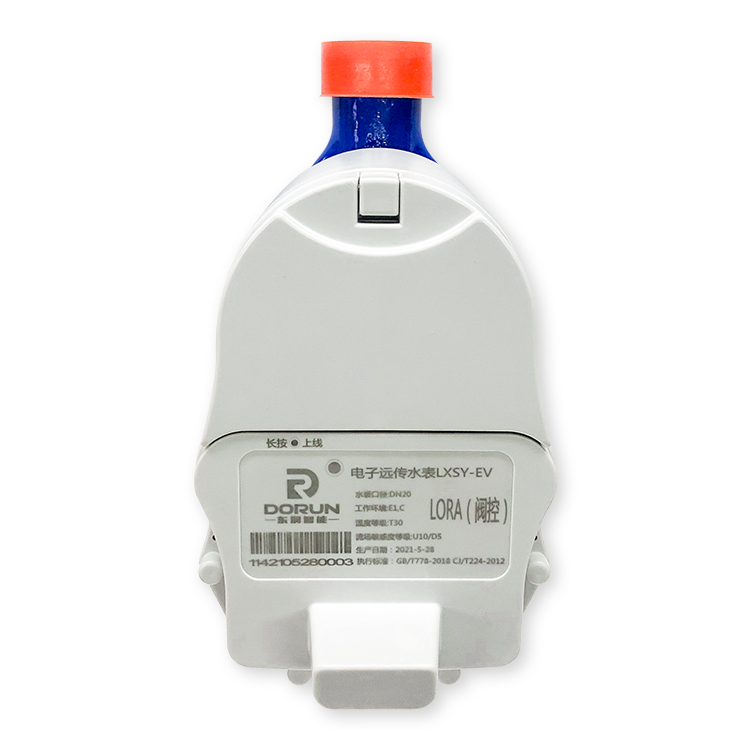A recent contract win by Siemens Mobility to supply trains to Austria’s national rail operator caught the eye due to including technology to boost the permeability of radio signals through the windows of passenger carriages.
This element highlighted a little-discussed problem with modern glass, namely that it is increasingly difficult for radio signals to pass through it. Reed Pipe

Danielle George, IET Fellow and Professor of radio frequency engineering at the UK-based University of Manchester, told Mobile World Live (MWL) the problem of radio waves passing through glass is not really about the panes themselves: “Fundamentally, radio waves can pass through glass, it’s partly how our 4G network can work when we’re at home”.
But treatments applied to glass to help insulate homes as part of energy-efficiency initiatives impact the permeability of radio signals.
Professor George explained such treatments reduce the strength of radio signals passing through glass, “an advantage if someone was trying to tap into your Wi-Fi from outside” by weakening the signal and affecting its use.
The flip side, though, is the signal penetrating from outside to inside is also weakened, impacting user experience.
It is a problem which becomes more pronounced with higher frequencies, meaning 5G is particularly hard hit, but there are ways to punch through the pane.
Frickin lasers The carriages in the 19 trains to be supplied to Austrian Federal Railways will use a Siemens-developed technology to limit the frequency loss for mobile signals passing through the windows, in turn significantly boosting it.
Siemens stated its windows “conduct signal power that is 50-times stronger than standard glass”, with a system currently in use by the Austrian rail company delivering a 33 per cent increase in the “available time of good 4G reception”.
The windows supplied “have a special laser-beamed structure” which is “scarcely detectable by passengers”.
A Siemens representative said the structure is “similar to classic” antennas, but with the option to “define both a relatively wide passband and a blocking band”.
The patented technology does not require a different approach to manufacturing the glass itself, just the inclusion of a “fine geometric pattern” comprised of very narrow metal-free lines created in a conductive layer.
Siemens’ approach works with a spectrum range of around 400MHz to 3.7GHz, with frequencies above 5GHz blocked.
It provides another customisation point for Siemens when pitching for contracts, being “offered to customers whenever they have special requirements for mobile phone reception” inside vehicles, the representative said.
Big in Japan Early in 2023, NTT Docomo embarked on a process to combat the thermal coating issue, teaming with specialist company YKK AP to evaluate aerogel, which it described in a statement as a “light, porous material”.
The operator’s goal is to boost signal penetration while “maintaining the insulation benefits of windows” for homes and offices.
It stated aerogel offers high-performance thermal insulation, but with “a dielectric constant close to that of air”, which makes it easier for radio waves to penetrate.
The companies have been somewhat coy about the progress of their tests, though the process is likely highly complex given Docomo is targeting millimetre- and terahertz-wave frequencies for 5G and, ultimately 6G technologies.
Seeing the light A third possibility involves using light.
Light Fidelity (Li-Fi) specialist pureLiFi unveiled LINXC Bridge at MWC Barcelona 2024, a system developed with Canada-based Solace Power which the pair stated has a particular eye on mmWave 5G.
LINXC Bridge uses pucks installed on the window frame to beam signals indoors using light rather than radio and is being pitched as a way to deliver fixed wireless access (FWA) services.
A pureLiFi representative told MWL the set-up captures 5G signals outdoors “where they are strongest” and not “subject to attenuation by walls and windows” which are “increasingly impermeable to 5G signals, especially mmWave”.
The representative noted “even single pane clear glass can block mmWave signals to a greater degree” than materials including concrete or wood, explaining insulating materials are often “made from thin layers of silver” which, like any metal, blocks radio waves.
LINXC Bridge taps pureLiFi’s speciality by turning “a broadband internet signal into light to pass through the window in both directions” and then converting it “to an Ethernet signal for connection to the local area network” or customer premises equipment (CPE).
The representative highlighted power consumption, signal strength and installation cost benefits compared with “trying to force 5G through a window that wants to block it”.
In its launch statement, pureLiFi noted the system can be installed by users “eliminating the need for costly professional installation” and “shortening time to market for network operators”.
Its representative added the system “also transfers power wirelessly through the window”.
Although pureLiFi is pitching LINXC Bridge on its 5G capabilities, the representative said the system is technology agnostic: “Whatever the signal is, we can convert back and forth to/from light for transmission through the window”.
The company is in “advanced discussions with global operators” about using the set-up in their FWA services, with tests underway “with an eye to large-scale consumer field trials later this year”.
LINXC Bridge is also gaining traction with “multiple” CPE vendors with a slant towards 5G and mmWave. These companies are either looking at producing pucks or integrating the set-up into their own routers or modems.
You'll gain exclusive access to breaking news, expert analysis, and in-depth features delivered right to your inbox.
By subscribing to our newsletter, you'll gain exclusive access to breaking news, expert analysis, and in-depth features delivered right to your inbox.

Data Coding And Validation © 2024 GSM Association. The GSMA, Mobile World Live, MWC Barcelona, MWC Las Vegas, MWC Kigali & MWC Shanghai terms and logos are trademarks of the GSM Association.